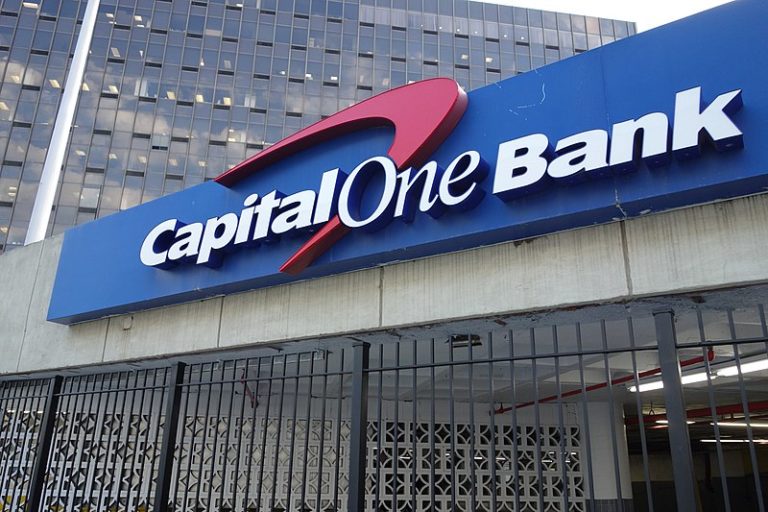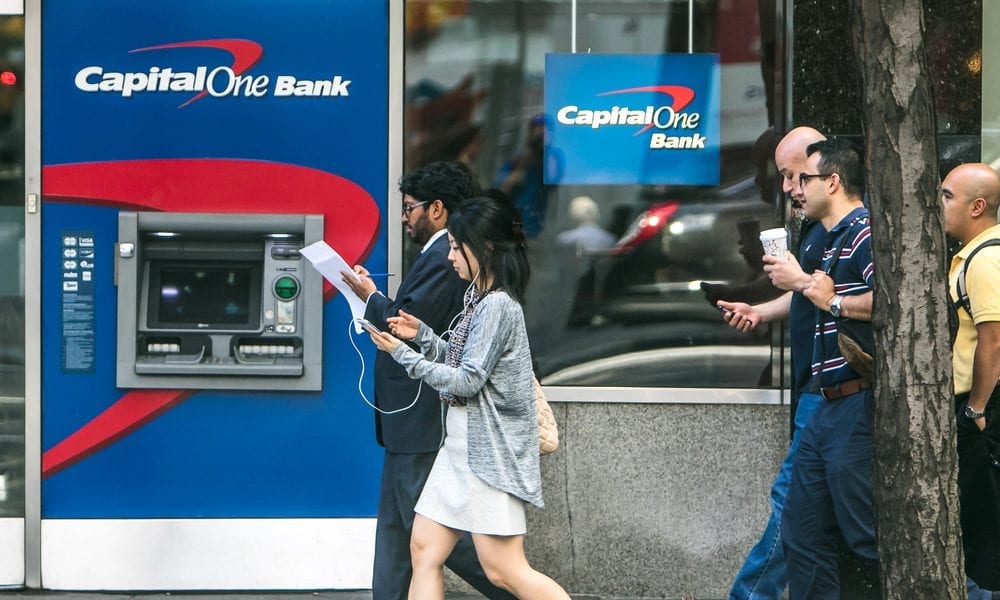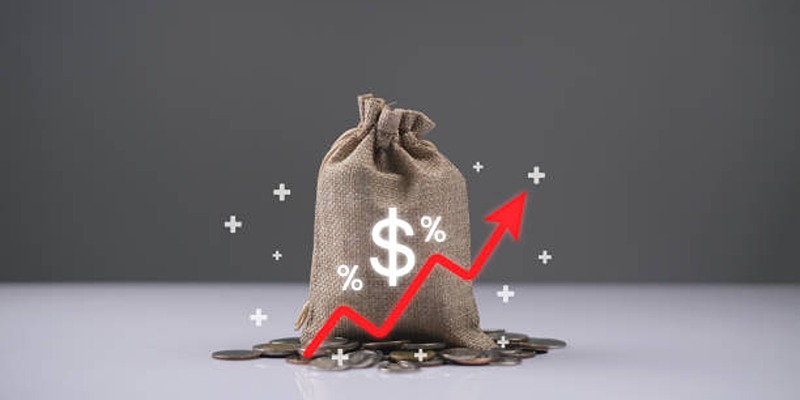Most major banks in the United States have been operating since the beginning. Each of the four largest banks in market capitalization has been around for over a century. It wasn't until 1852 that Wells Fargo opened its doors, while Citigroup started operations in 1812. Twelve JPMorgan Chase was founded in 1799. The third Bank of America was founded in 1904, making it the youngest of the four founding institutions. With this information, one must ask a crucial question.
A Concise Overview of Capital One

Capital One is not one of the five largest banks in the United States, yet it is nonetheless well-known. You probably have seen at least one of the bank's television commercials, given how heavily they rely on advertising to promote their banking and credit card products.
Four years later, in 2005, Capital One diversified into retail banking and lending. Capital One has grown through a series of mergers and acquisitions, picking up Hibernia National Bank, North Fork Bank, and Chevy Chase Bank along the way to cement its position as one of the top 15 banks in the United States.
Capital One divides its business operations into three reportable divisions. That list includes, in decreasing order of magnitude, the following:
Credit Cards:
Capital One is a major credit card issuer in North America and Europe, with customers in the United Kingdom, Ireland, and the United States. They accept both Visa and Mastercard and offer a variety of rewards cards.
Personal Finance:
Everyday banking services, including checking and savings accounts, loans, mortgages, and money market accounts, are provided to consumers and small and medium-sized businesses through this department. Capital One 360, its money market service, is also part of this division.
Financials
For the fiscal year ending in 2021, Capital One recorded net revenue of $30.4. The global epidemic is mostly to blame for the rise over the previous year when the corporation earned $28.5 billion. Capital One's costs to generate those interest payments are low.
Credit cards are highly lucrative, evidenced by non-interest expenses of over $15.6 billion in 2021. Capital One's marketing and advertising efforts are dwarfed by the profits generated by the seemingly insignificant credit cards.
A Native Of The 1990s

Capital One, which had previously operated as the credit card arm of a much larger bank, went out on its own around the time the American preference for instant gratification was reaching its peak. Minimum payments and annual percentage rates were even more baffling to the masses during the early days of credit cards than now.
Capital One increased its market share using some quite cutting-edge strategies. They were essential, even if they seemed unimportant at the time. When customers were given the option to personalize their credit cards by adding designs or the logos of their favourite sports teams or universities, they used their cards more frequently.
No, Not Just Plastic
Capital One's primary business is credit cards, but it also has a sizable consumer banking division. In 2021, the division brought in $7.38 billion in revenue, which is a sizable sum. 6 Capital One appears to be hitting its limitations, much like many other large corporations and institutions.
The proliferation of non-bank and other non-traditional financial enterprises, such as the PayPal generation of lenders, is primarily to blame for this trend. These businesses only exist online or as mobile applications, and their customers never need to visit them physically.
This puts them ahead of other financial institutions like Capital One. They can provide customers with more attractive rates and perks since they do not have the same overhead as a conventional bank.
Yet Plastic Still
How can a credit card company generate money when interest rates are low, as they often are? Lenders use rates just as a starting point. The Federal Reserve's hawkish head, Jerome Powell, has hiked interest rates four times in 2022 as of the 9th of August. 16 Economists may anticipate that Capital One and its rivals will raise rates if Powell maintains his current course. As luck would have it for Capital One, their clientele does not believe that.
Summary
If consumers only perceived credit cards for what they are, an addiction to instant gratification rather than a practical means to put off today's expenditures until the end of the month, Capital One wouldn't be a niche corporation. Assuming it isn't already a specialized market, it will not be a multibillion-dollar behemoth. To relieve Capital One's shareholders, the company's preference for data-driven, tailored promotions remains a key differentiator from its rivals. Although Capital One's credit cards may look ordinary, they're somewhat unique.




